Another remarkable feature of this ancient and advanced civilization is the impressive architecture, described by massive stones of exceptional workmanship. Tiwanaku stonework consists of gigantic structures equipped with an elaborate drainage system. It included drainage passages formed of red sandstone blocks kept together by ternary bronze architectural cramps, created by cold hammering of ingots. The cramps of the Akapana were made by pouring molten metal into I-shaped sockets.
The gigantic stone monoliths used in the construction of the city were transported from quarries forty miles away from the site. The way they managed to cut and move the colossal stones in a time where there were no domestic horses or other beasts of burden remains yet another mystery.
The Kalasaya, known as “The Standing Pillars” or “place of the vertical stones” is a raised rectangular enclosure measuring about 450 feet by 400 feet, built like a stockade with 12 foot high columns projecting upward at intervals, each of them being carved into human figures.
Recent studies have led scientists to believe that the positioning of the structure was based upon an astronomical principle called “the obliquity of the ecliptic.”
The Akapana, the biggest step pyramid of the city, was once considered to be a modified mound, but has proven to be a gigantic man-made construction with a base of 656 feet and a height of 55 feet. The structure is made of perfectly cut stone blocks, united harmoniously.
It was originally covered with smooth Andesite stone, and its interior was honeycombed with shafts resulting in a complicated grid pattern. The pyramid also had a drainage system.
The Gate of the Sun is a stone gateway, carved from a single block of Andesite granite, presenting engravings with astronomic connotations believed to be an ancient calendar.
The Puma Punku, also known as Door of the Puma is a nearby structure consisting of giant, precisely shaped blocks, many of which appear to be machine-cut.
Archeologists were mostly intrigued about how the ancient dwellers managed to precisely cut and move blocks of stone weighing between 100 and 150 tons.
What role it served remains unknown, but the place seems devastated by a catastrophic event which occurred at some point in time.
Other sunken temples were found beneath Lake Titicaca, confronting researchers with further enigmas but at the same time providing a few answers.
We can now say that the existence of pre-Columbian constructions under the waters of Lake Titicaca is no longer a mere supposition or science-fiction, but a real fact. Further, the remnants found show the existence of old civilizations that greatly antecede the Spanish colonization. We have found temples built of huge blocks of stone, with stone roads leading to unknown places and flights of steps whose bases were lost in the depths of the lake amid a thick vegetation of algae.”
This antique civilization might hold relevant answers to some of humanities burdening questions.
[youtube id=”dXy1ekkjQ0c” mode=”normal” autoplay=”no” thumbnail=”Ancient Alien Gods” grow=”no”]
Archeologists have uncovered statues, idols and writings referring to the white gods of the Mesoamericans, underwater deities from Mesopotamian culture, as well as figures resembling those found on Easter Island – all of them in a remote mountainous area in modern-day Bolivia. Doesn’t this seem out of place?
The idea of ancient aliens that found shelter on Earth, helping the primitive dwellers evolve and prosper begins to take shape now more than ever, but this remains the topic of discussion for another time.
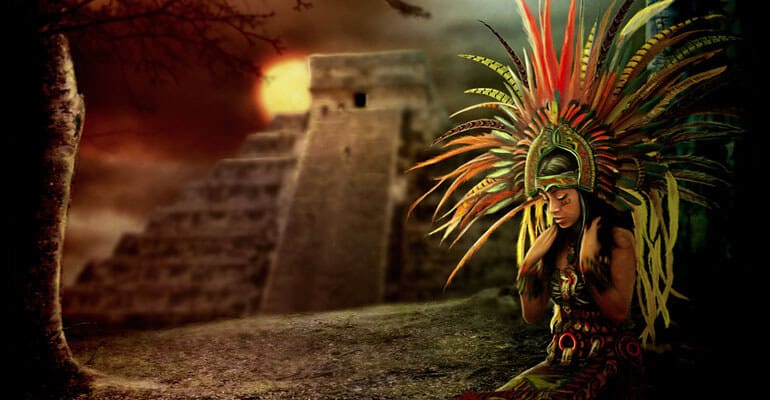
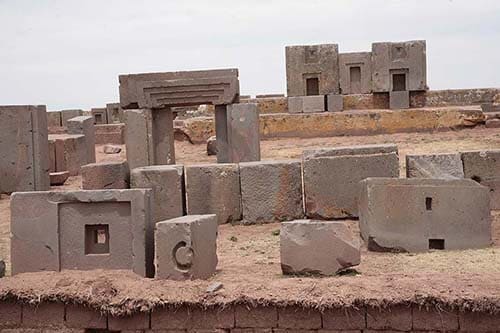
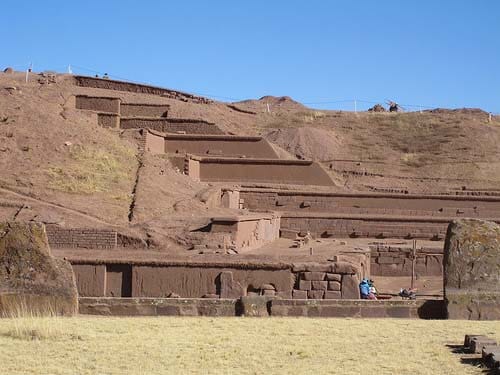
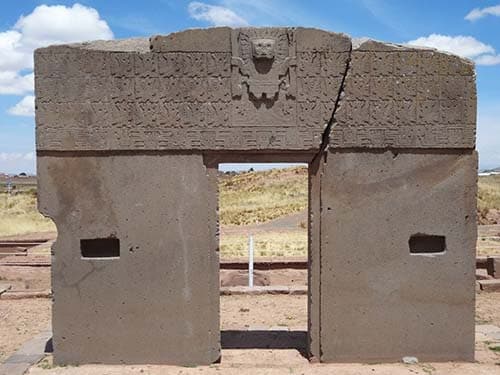

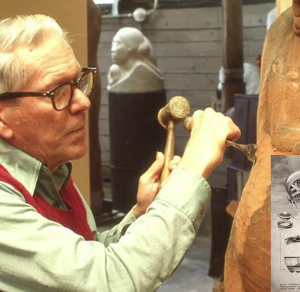








Trackbacks/Pingbacks